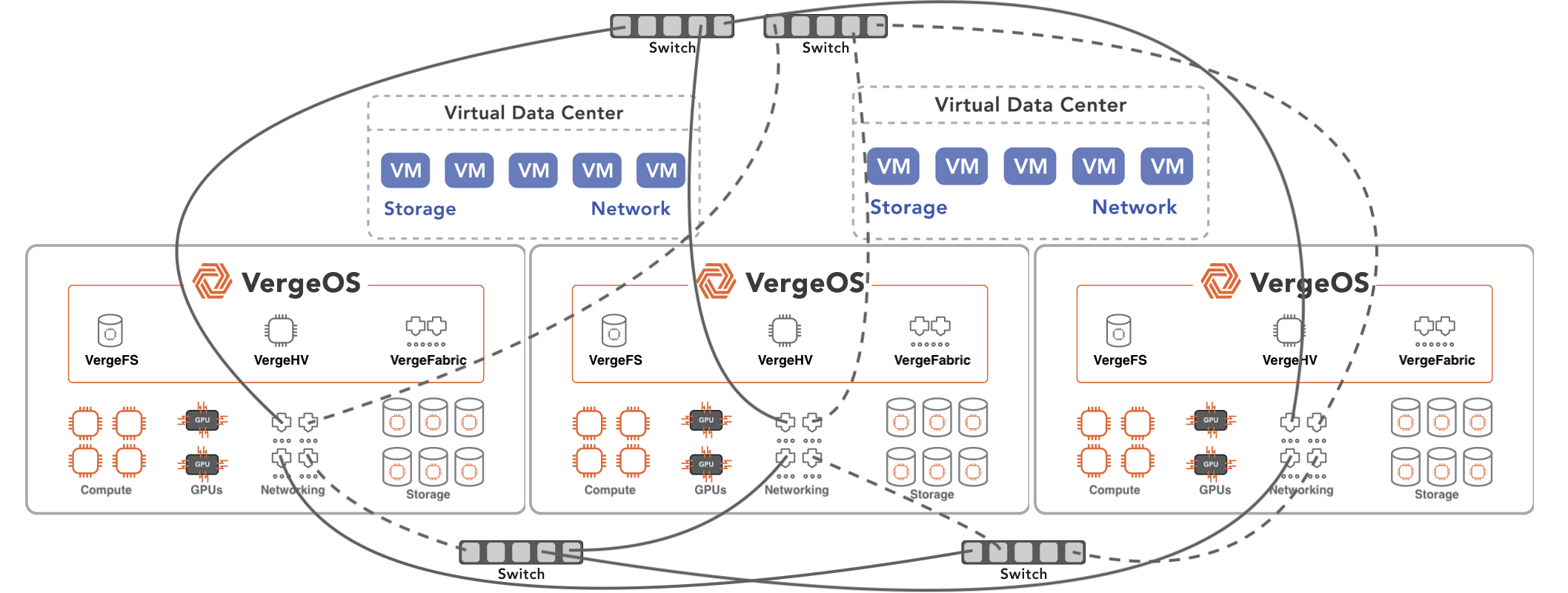White Paper: Understanding the VergeIO Architecture
Discover The Future of Virtualization
Facing challenges with your virtualized infrastructure? The search for the right solution can be overwhelming, with VMware's complexities and costs, lackluster alternatives, and the escalating expenses of the Public Cloud. VergeIO's ultraconverged infrastructure (UCI) offers a streamlined, efficient approach that simplifies IT and cuts upfront and ongoing costs.
Access Paper Now

Register now and gain immediate access to our paper diving deep into the VergeOS architecture.
What You'll Learn:
- Why on-premises data centers still relevant, and how can they be more cost-effective
- How VergeOS integrates server virtualization, networking, and storage into a single unified code base, surpassing traditional HCI while supporting external storage.
- The three pillars of UCI are a unified code base, three-dimensional scaling, and virtual data centers.
- How VergeOS’s common sense, per server, licensing model saves you money.
- How VergeIO’s multi-layered approach to ransomware resiliency and data protection provides the fastest recovery options with the least data loss.
